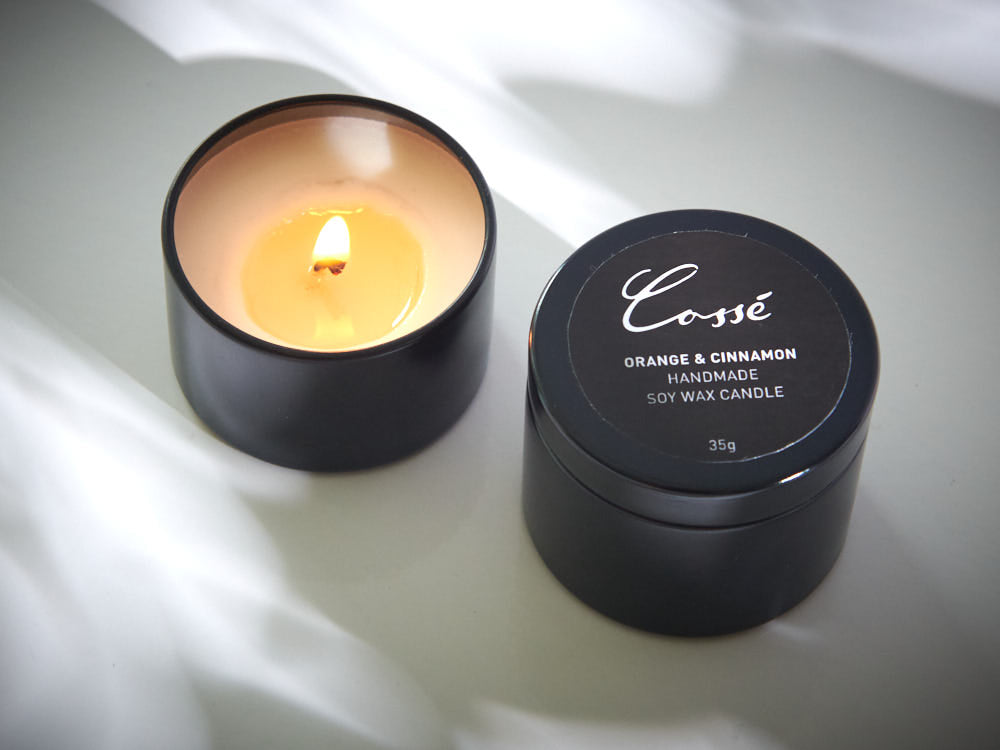Instill Your Home with the Aroma of Crystal Soy Candles and Home Fragrance
Wiki Article
From Wick to Wax: Recognizing the Chemistry Behind Soy Wax Candles and Their Environmental Impact
As we illuminate our areas with the cozy glow of candle lights, there lies a realm of complex chemistry behind the apparently straightforward act of lighting a soy wax candle light. The option in between soy and paraffin wax extends past mere appearances, delving into the world of ecological impact and the extremely composition of the materials. Understanding the molecular structure of soy wax and its combustion procedure sheds light on the emissions released into our surroundings. Join us as we untangle the clinical complexities behind soy wax candles and explore their effects on our environment.Soy Wax Vs. Paraffin Wax
When comparing soy wax and paraffin wax for candle production, it is important to recognize the distinctive features and benefits of each product. Soy wax is an all-natural, sustainable source stemmed from soybean oil, making it biodegradable and environment-friendly - soy wax candles. On the other hand, paraffin wax is a result of petroleum refining, which increases issues about its environmental influence and sustainabilitySoy wax candles shed cleaner and give off much less soot compared to paraffin wax candle lights, making them a healthier choice for indoor air top quality. Furthermore, soy wax has a reduced melting factor, permitting a longer-lasting candle light that spreads fragrance extra properly. Paraffin wax, on the various other hand, often tends to melt faster and less cleanly, possibly launching hazardous chemicals into the air.
From a sustainability perspective, soy wax is preferred for its biodegradability and sustainable sourcing, aligning with the expanding customer choice for environmentally conscious products. While paraffin wax has actually been a standard choice in candle making due to its cost and convenience of use, the change in the direction of environment-friendly choices like soy wax is obtaining momentum in the market.
Chemical Structure of Soy Wax

Burning Process in Soy Candles
The chemical make-up of soy wax straight affects Click This Link the burning procedure in soy candle lights, influencing factors such as melt time, aroma launch, and ecological impact. When a soy candle light is lit, the heat from the fire melts look at this website the wax near the wick. This liquid wax is then attracted up the wick as a result of capillary activity. As the fluid wax gets to the flame, it vaporizes and goes through combustion. The combustion process involves the vaporized hydrocarbons in the wax reacting with oxygen in the air to generate heat, light, water vapor, and co2.
The burning efficiency of soy candle lights is influenced by the purity of the soy wax and the quality of the wick. A clean-burning soy candle light with a properly sized wick will generate a consistent fire and reduce soot formation. This not just extends the shed time of the candle light but likewise boosts the release of fragrances. Furthermore, soy wax candle lights have a reduced ecological influence compared to paraffin candle lights as a result of their biodegradable and sustainable nature.

Ecological Advantages of Soy Wax

Considered a sustainable alternative to typical paraffin wax, soy wax provides significant ecological advantages that make it a popular choice amongst eco-conscious customers. Soy wax burns cleaner and produces less soot than paraffin wax, contributing to much better indoor air quality and decreasing the need for cleansing and upkeep. In general, the ecological benefits of soy wax straighten with the growing need for lasting and green items in the try here market.
Recycling and Disposal Considerations
Recycling and appropriate disposal of soy wax candles play a crucial function in maintaining environmental sustainability and reducing waste in families and neighborhoods. When it comes to recycling soy wax candle lights, the very first action is to guarantee that the candle light has actually melted completely.
In regards to disposal, if recycling is not a choice, soy wax candles are eco-friendly and can be securely dealt with in many house waste systems. However, it is always recommended to contact local recycling facilities or waste administration solutions for specific guidelines on candle light disposal to ensure appropriate handling and environmental management.
Final Thought
In final thought, the chemistry behind soy wax candles exposes their ecological benefits over paraffin wax candle lights. Soy wax, obtained from soybean oil, burns cleaner and creates less residue when compared to paraffin wax.When contrasting soy wax and paraffin wax for candle light production, it is essential to recognize the unique characteristics and advantages of each product (home fragrance).Soy wax candles melt cleaner and release less soot compared to paraffin wax candles, making them a healthier selection for interior air top quality.Taken into consideration a sustainable alternative to traditional paraffin wax, soy wax offers significant environmental benefits that make it a popular selection among eco-conscious customers. Soy wax burns cleaner and produces less residue than paraffin wax, adding to much better interior air top quality and reducing the requirement for cleansing and maintenance.In final thought, the chemistry behind soy wax candle lights exposes their environmental advantages over paraffin wax candles
Report this wiki page